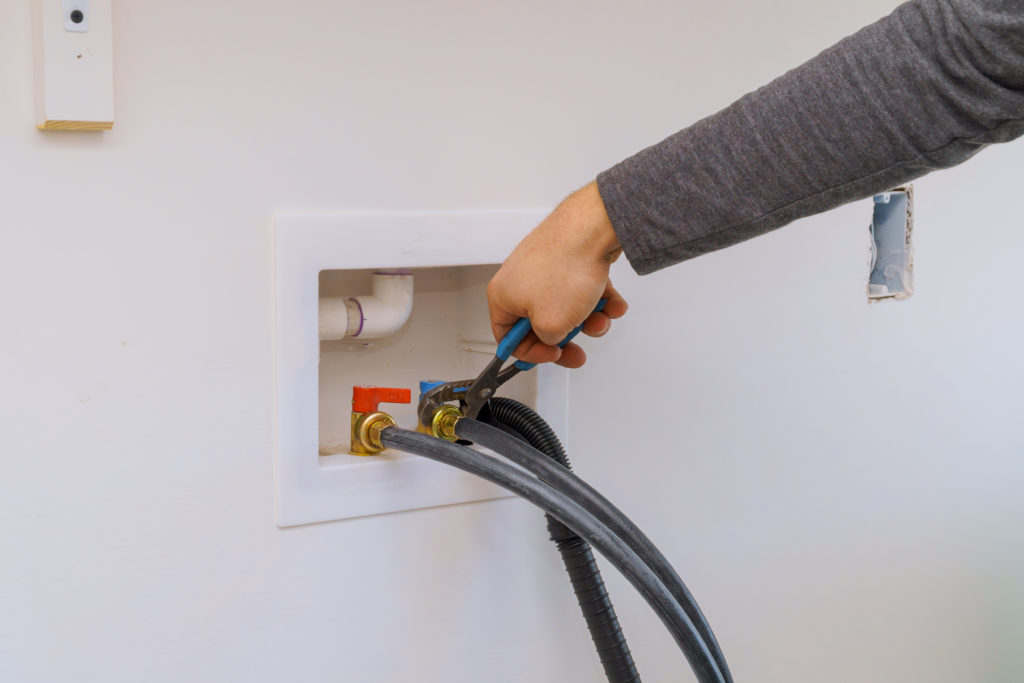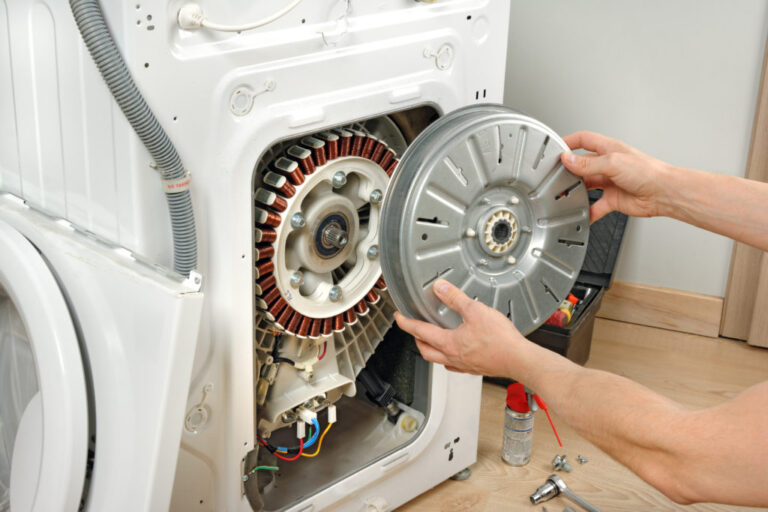How to Repair Washing Machine Water Valve
Clean clothes are important. And, with a working washing machine, keeping up on dirty laundry is a breeze. The keyword here is a working washing machine, of course. With so many different parts that come together to wash your clothes efficiently and effectively, one faulty part can disrupt the entire machine.
The Role of a Washing Machine Water Valve
A washing machine water valve is the part that connects the two water hoses – cold and hot – with the machine, controlling the water as it goes into it. As you choose the settings on your washer based on the load, the solenoid valve sends an electrical current telling it what to do. If you want hot water, it gives you a flow of hot water. If you want cold, it gives you cold. If you have a large load, it will give you more water – and less for a smaller load.
Signs Your Washing Machine Water Valve Needs Attention
There are a few different ways you can tell if the water valve on your washing machine is in need of attention, including:
- Overfilling the washer
- Filling the washer with water – even when the washer is turned off
- No water to the washer
Since this part of your washer is in control of how much or how little water is released – any time there is an issue with water levels, you could be dealing with a faulty valve.
How to Repair a Washing Machine Water Valve
While it is best to contact an appliance repair technician to ensure that the right issue is diagnosed and repaired, there are a couple of things you can try yourself to address issues with the valve.
Important: Before you begin, disconnect the washer from its power supply and turn off the hot and cold valves leading to the washer.
Next, grab a bucket and place it on the floor behind the washer. When you unscrew the hoses from the washer, there will be water stored in them – and the bucket is there to catch it. Keep in mind that you may need to use pliers to unscrew them.
Once you have the hoses free, take a look at the filter screens in the water valve to see if there is anything that may be blocking the flow of water. If so, gently clear the filters and reconnect the hoses. If not, let’s keep going.
Testing the solenoid is the next step. This is the part that tells the valve what to do. If it is faulty, it won’t be relaying the right message, if any message at all. Finding the solenoid will vary based on your washer. To reach the wires connecting to your water valve, you may have to either remove the back or the top of the washer.
When you find it, remove the two sets of wires (careful to note how to reconnect them) and test the voltage of each one using a multimeter. If any reads zero or infinity, the solenoid is faulty. This will need to be replaced by a skilled repair tech.
As a last resort, if your solenoid appears fine, you could try replacing your washer’s water valve.
Washer Water Valve Repair
Make sure your washer remains in a healthy working condition by leaving any repairs to the professionals. Purchasing your appliances was an investment – and caring for them properly will allow them to be there for you for years to come.
If you are struggling with the water levels in your washer, America’s Appliance Repair can diagnose the problem quickly and offer you an estimate for repair. Our high-quality service comes with competitive rates.
Contact us at ☎ (512) 337-3246 to schedule an appointment.
Call America’s
Appliance rEPAIR Today!
No matter the appliance or brand, we provide prompt and reliable repair services across Central Texas
including: Austin, Round Rock, Killeen, Cedar Park, Leander, Liberty Hill, Copperas Cove,
Florence, Georgetown, Temple, and surrounding areas.





